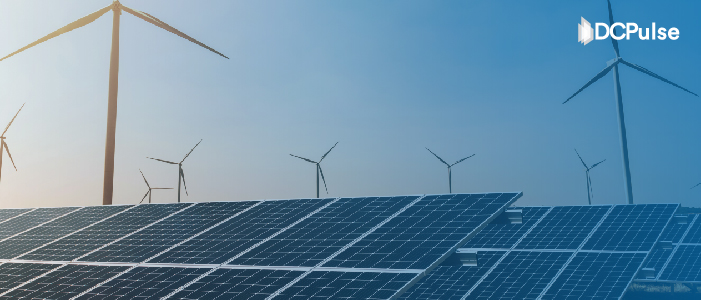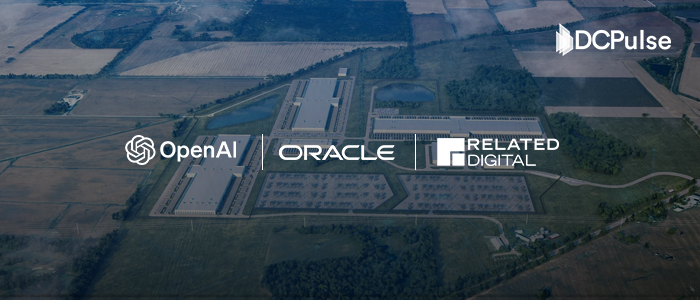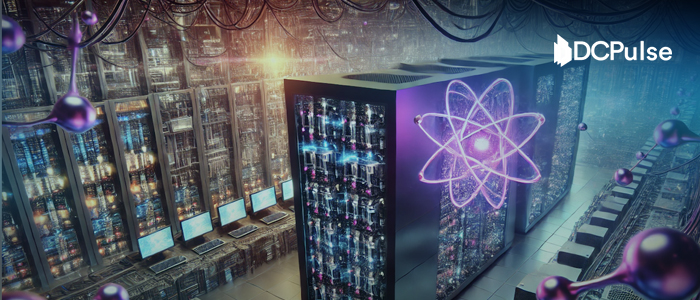Albany, NY, July 10, 2025- Soluna Holdings (NASDAQ: SLNH), a developer of modular data centers powered by otherwise wasted renewable energy, has secured USD 20 million in funding from Spring Lane Capital to launch its latest initiative: Project Kati, an 83 MW site designed to operate directly at the source of curtailed wind and solar power in Texas.
The financing marks the first tranche of a planned USD 100 million facility aimed at scaling out flexible, energy-synced compute across ERCOT, the Texas grid notorious for transmission bottlenecks and clean energy curtailment.
According to Soluna’s July update, Project Kati 1 received ERCOT interconnection modeling approval and went live commercially on July 2. The site joins a growing fleet across Texas where the company is collocating compute infrastructure with stranded renewable capacity, a model that has so far attracted crypto miners, but is now pivoting toward AI and other high-performance workloads.
Alongside Project Kati, Soluna is expanding activity at its Dorothy 2 facility, where mining firm Blockware has increased its deployment by over 50% to 8 MW.
Compass Mining has also extended its hosting contract at the site. Overall, third-party hosting agreements now exceed 48 MW across Soluna’s Texas footprint, all of which, the company says, are currently marketed and active.
CEO John Belizaire has described Soluna’s core concept as “computing as a better battery,” suggesting that flexible, demand-driven compute loads can absorb excess renewable energy more efficiently than traditional storage systems. “We’ve become almost like a battery,” Belizaire said in an interview with Inside Climate News.
“Computing is a better battery than battery systems.”
But experts are divided. While this concept appeals to investors seeking grid-responsive infrastructure, it hinges on workload types, such as batch AI training or crypto hashing, that can tolerate inconsistent power.
Enterprise AI inference or latency-sensitive compute still relies heavily on stable, always-on energy.
Soluna claims it now has 2.8 gigawatts of long-term power capacity in development, with additional sites named “Hedy,” “Ellen,” and “Annie”, a nod, perhaps, to the contributions of women in STEM.
The company is also rolling out an “AI Hosting Readiness Score” to evaluate which sites are best suited for modular, AI-optimized infrastructure. However, details remain sparse.
The readiness score hasn’t been publicly explained, and it's unclear how Soluna will differentiate its AI offerings from standard crypto-oriented data hosting beyond power synchronization.
The new investment comes at a time when interest in so-called green computing is rising.
Companies like Crusoe Energy, Genesis Digital Assets, and Lancium are exploring similar models to capitalize on grid imbalances while serving the AI and blockchain markets. Still, the opportunity is not without risk.
ERCOT’s infrastructure is under pressure from rapid renewable growth and limited interconnection capacity. At the same time, the economics of stranded energy compute depend heavily on capital access, customer stability, and power volatility, all of which can shift rapidly.
Soluna’s Project Kati marks a strategic next step for a company trying to reframe the energy-compute equation. By targeting curtailed renewables and building flexible demand into the heart of its infrastructure, it may carve out a unique lane in the race for sustainable computing.
But the road ahead will require more than concept and capital. As competitors pile into the stranded energy space and the AI boom matures, Soluna’s model will be tested on its ability to deliver not just green infrastructure, but resilient, high-performance compute at scale.


.jpg)


.jpg)